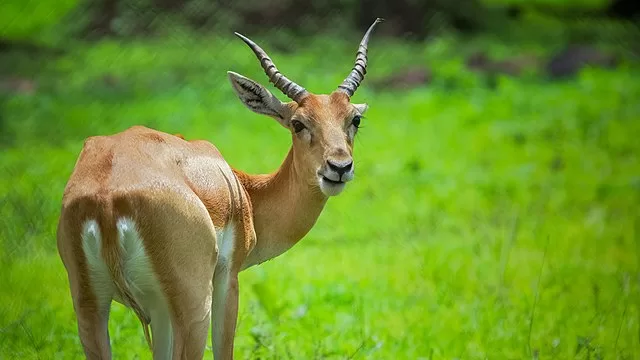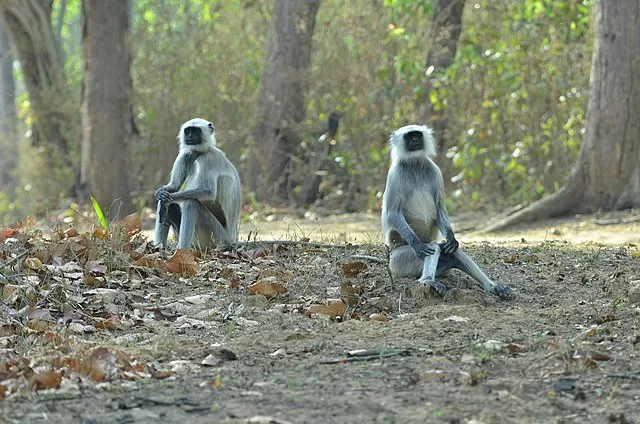Barnawapara Wildlife Sanctuary, nestled in the Indian state of Chhattisgarh, is a haven for nature enthusiasts and wildlife lovers. Spread over an area of approximately 245 square kilometers, this sanctuary boasts a rich diversity of flora and fauna, making it a must-visit destination for those seeking an up-close encounter with Mother Nature.
Discovering the History of Barnawapara Wildlife Sanctuary
The sanctuary was established in 1976 with the aim of preserving the region’s natural wealth and providing a safe habitat for various endangered species. Over the years, it has grown in significance and has become one of the prime ecotourism hotspots in central India.
Flora and Fauna: A Symphony of Life
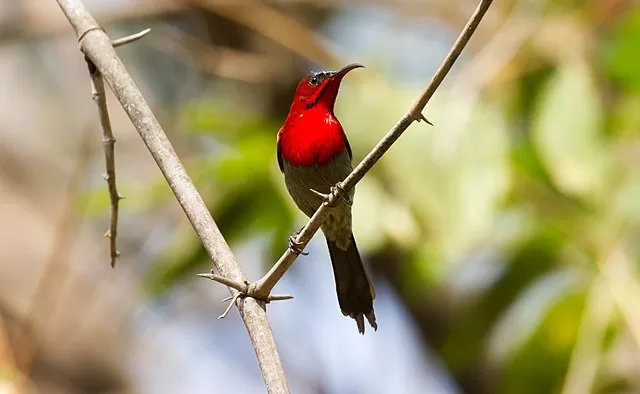
1. Diverse Flora
Barnawapara is characterized by its varied vegetation, ranging from moist deciduous forests to dry peninsular Sal forests. Teak, bamboo, sal, and tendu are some of the prominent tree species found here, contributing to the lush greenery that blankets the sanctuary.
2. Captivating Fauna
The sanctuary is a treasure trove of wildlife, with a vast array of species inhabiting its diverse ecosystems. Tigers, leopards, sloth bears, and wild dogs roam freely in their natural habitat. Additionally, Barnawapara is home to a rich avian population, including the rare hill myna, colorful Indian pitta, and graceful crested serpent eagle.
Ecotourism and Responsible Wildlife Viewing
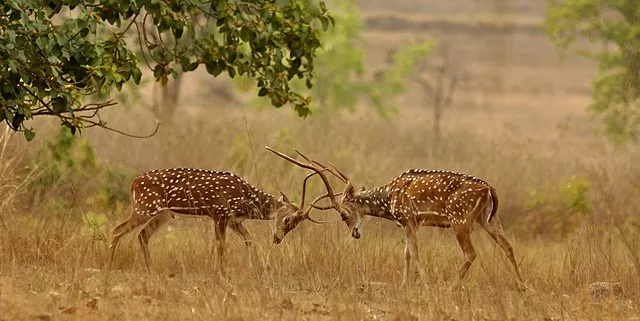
1. Safaris and Nature Walks
Visitors can immerse themselves in the sanctuary’s beauty through jeep safaris and guided nature walks. These excursions offer a chance to witness the mesmerizing wildlife and natural landscapes while ensuring minimal disturbance to the animals’ routines.
2. Promoting Conservation and Awareness
Barnawapara Wildlife Sanctuary takes conservation seriously. Several awareness programs and workshops are organized to educate visitors and local communities about the importance of preserving the delicate balance of nature. Responsible ecotourism practices are encouraged to safeguard the sanctuary’s biodiversity for generations to come.
Accommodation and Accessibility
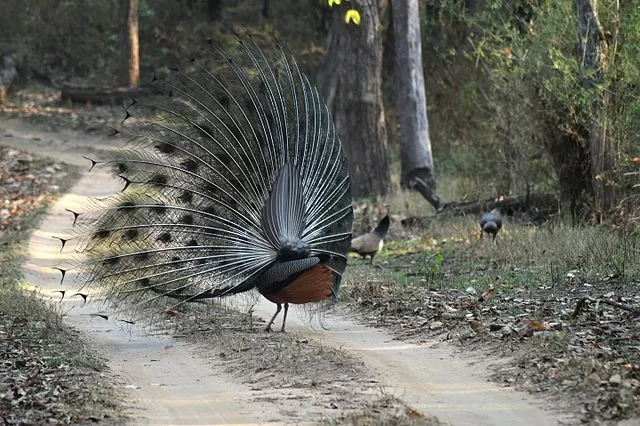
1. Forest Rest Houses
For an authentic experience, the sanctuary provides well-maintained forest rest houses that allow visitors to stay amidst the wilderness. These accommodations offer a rustic charm and a chance to relish the sights and sounds of the jungle at night.
2. Connectivity
Barnawapara is easily accessible from Raipur, the capital city of Chhattisgarh, which is approximately 100 kilometers away. Regular bus services and private cabs are available for the convenience of tourists.
The Experience of a Lifetime
A visit to Barnawapara Wildlife Sanctuary promises an unforgettable experience for nature lovers. The serenity of the sanctuary, combined with the thrill of spotting rare wildlife, leaves visitors in awe of the wonders of the natural world.
Conclusion
In conclusion, Barnawapara Wildlife Sanctuary stands as a testament to the beauty and diversity of India’s wildlife. With its enchanting landscapes and captivating fauna, this sanctuary offers a unique opportunity to connect with nature and create cherished memories. As we strive to protect our natural heritage, let us continue to support responsible ecotourism and preserve the splendor of places like Barnawapara for generations to come.
FAQs
1. What makes Barnawapara Wildlife Sanctuary unique compared to other sanctuaries?
Barnawapara stands out because of its rich biodiversity and pristine natural beauty. Nestled in the heart of Chhattisgarh, it offers a mix of dense forests, rolling hills, and serene water bodies, making it a haven for wildlife lovers and bird watchers alike.
2. Which animals can I expect to see in Barnawapara Wildlife Sanctuary?
You’ll find a variety of wildlife here, including tigers, leopards, sloth bears, wild boars, and deer. The sanctuary is also famous for its diverse bird population, so don’t forget your binoculars!
3. When is the best time to visit Barnawapara Wildlife Sanctuary?
The ideal time to visit is between October and March. The weather is pleasant, and animals are more active, making sightings easier and your safari more enjoyable.
4. Are there any guided tours or safaris available inside the sanctuary?
Yes! The sanctuary offers jeep safaris and guided tours with trained forest officials who provide insightful information about the flora and fauna. It’s the best way to explore safely and learn about the ecosystem.
5. How can I reach Barnawapara Wildlife Sanctuary?
Barnawapara is well-connected by road. The nearest major city is Raipur, which has an airport and railway station. From Raipur, it’s about a two-hour drive to the sanctuary, making it easily accessible for a weekend getaway.

